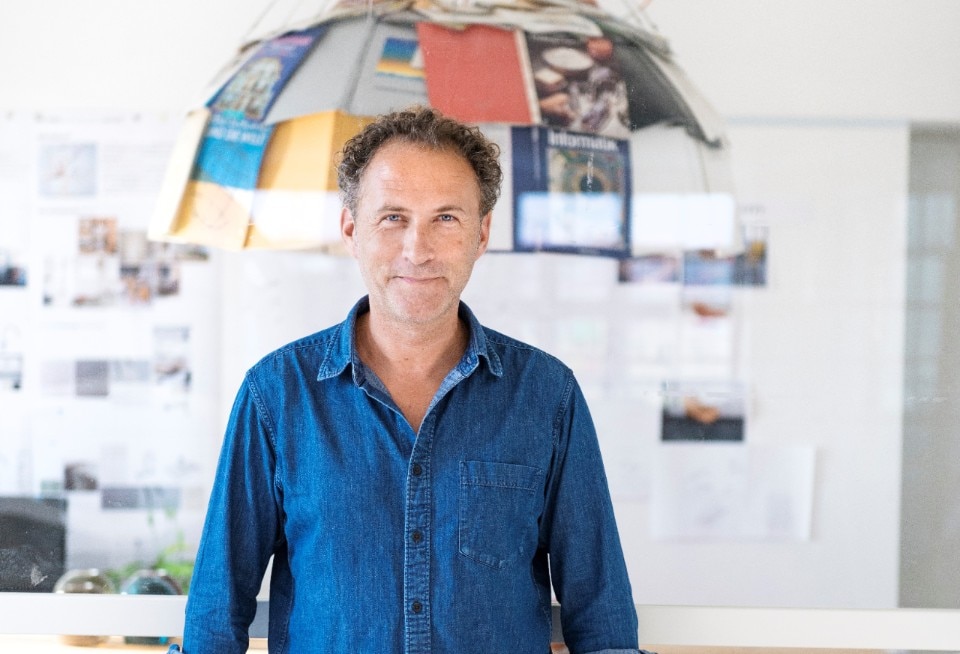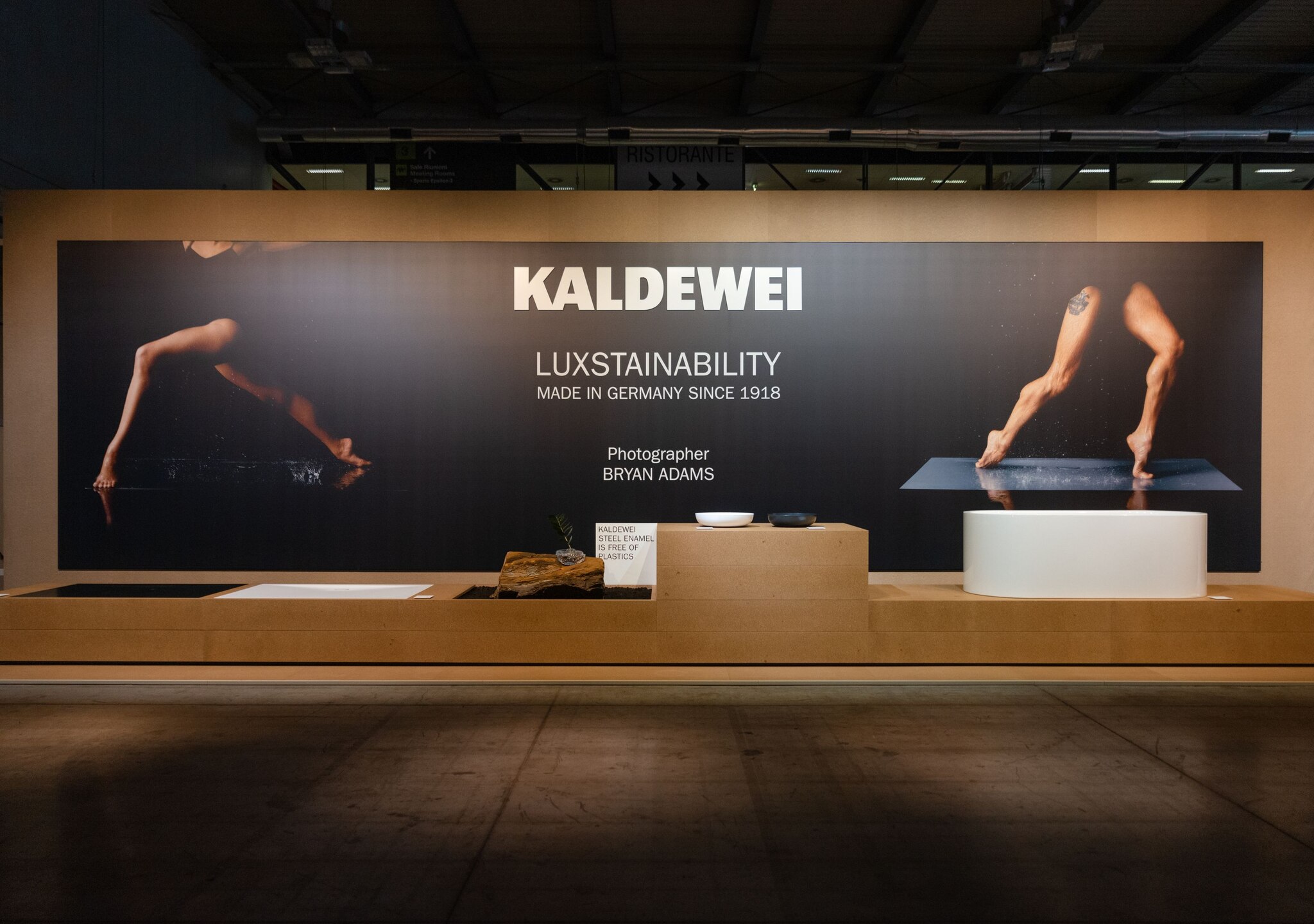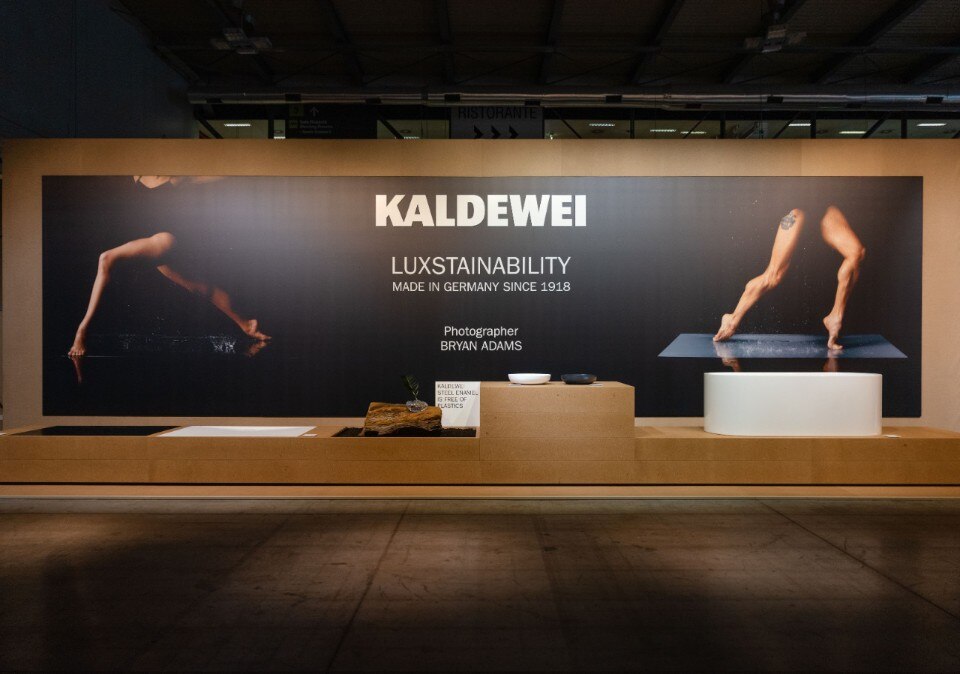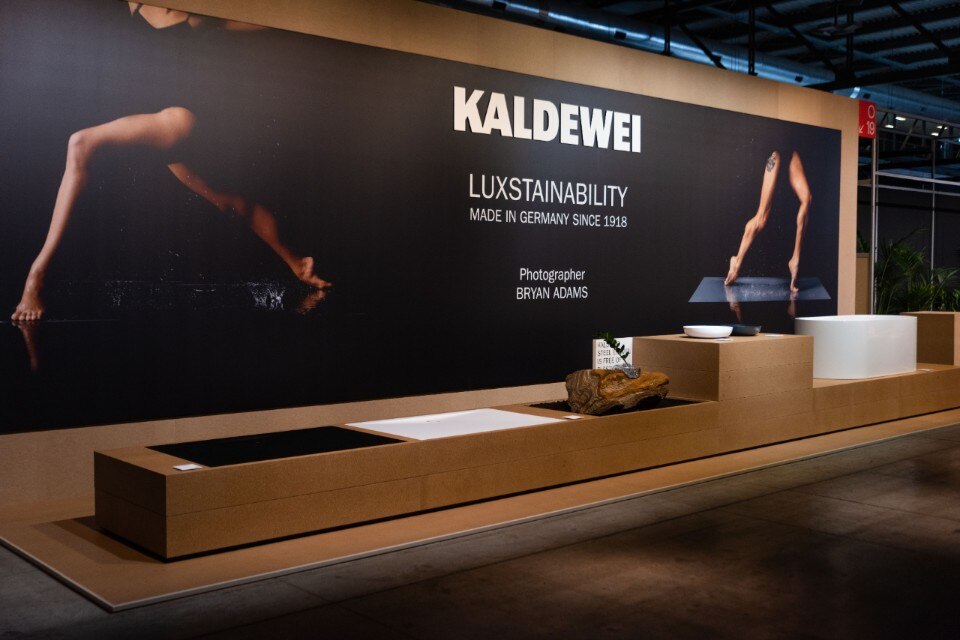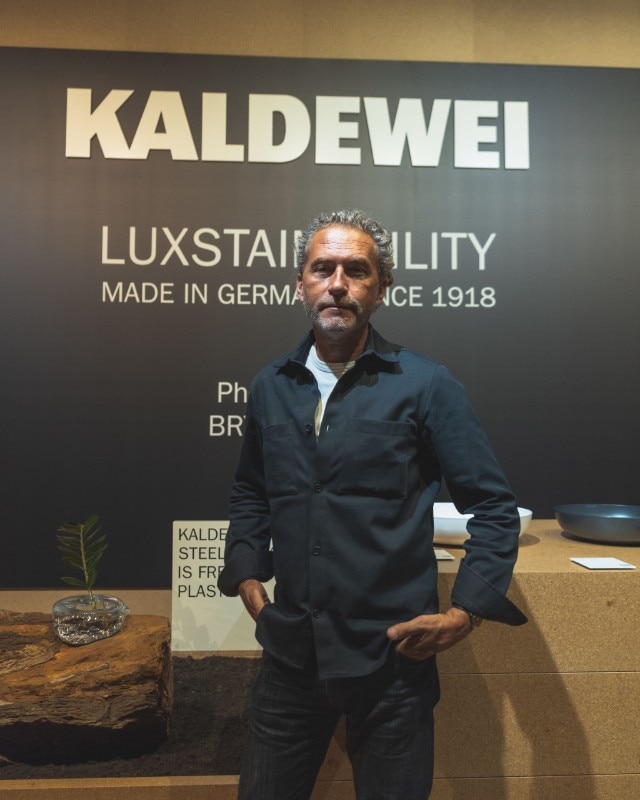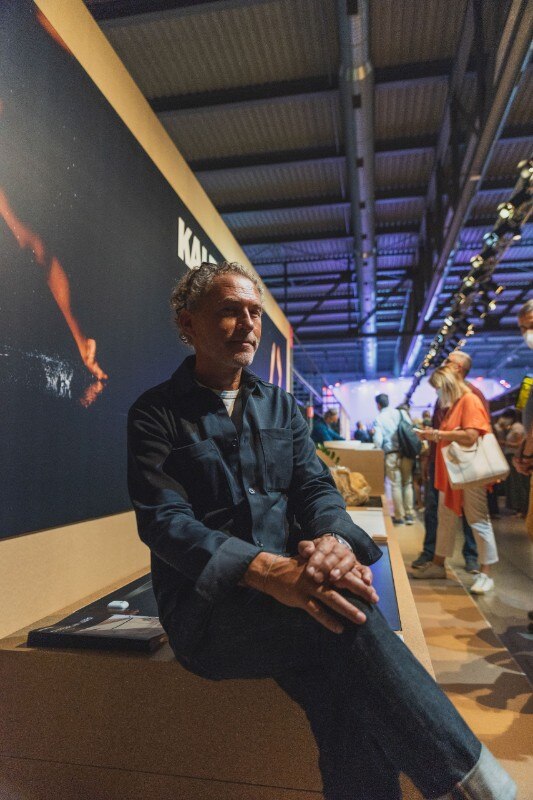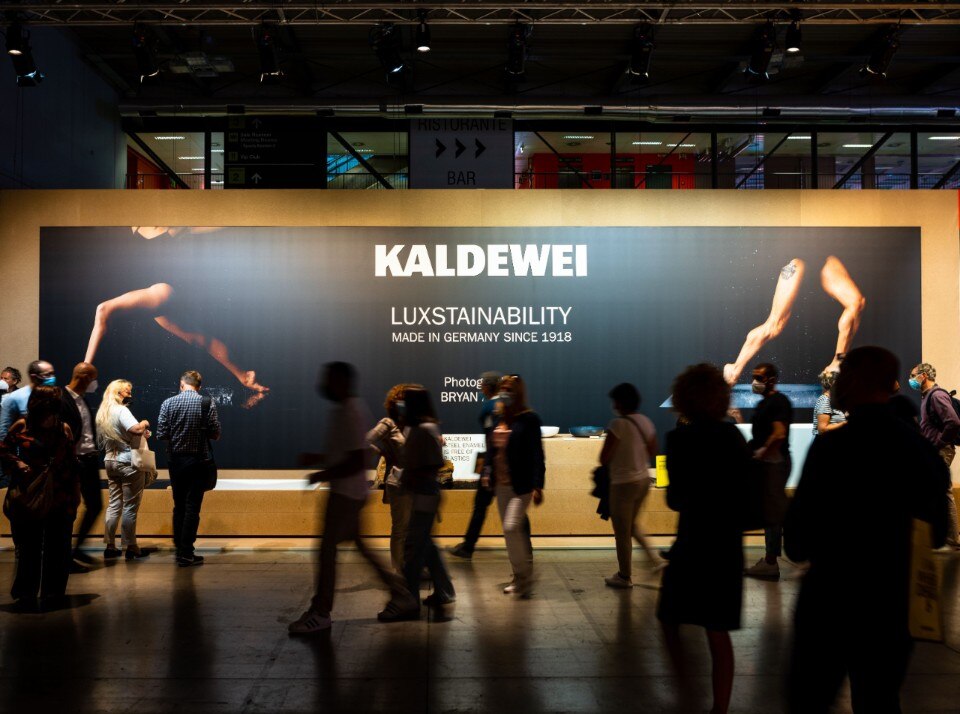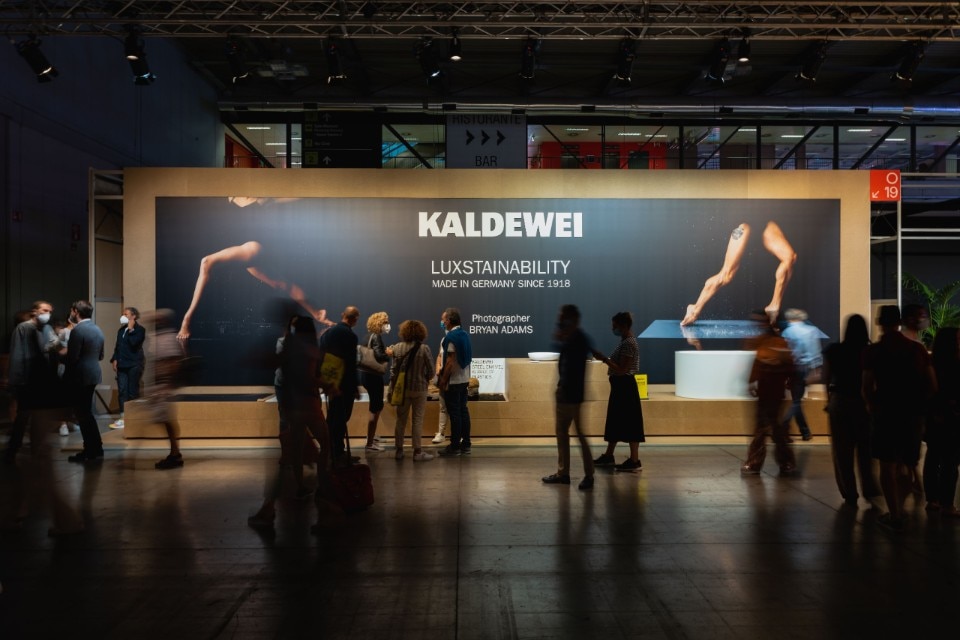To prepare the interviews, I usually use Domus archive as a research tool: a history of design that is updated every month and that I think creates a unique link between magazine and designers. I found that the first publication of one of your projects in the magazine dates back to 1995 (Domus 769, March 1995), with the Endless bookcase for Porro, followed by the Julie armchair for Cappellini, published the following year (Domus 784, July 1996). But I don’t know when you first went to the Salone.
In 1988. Maybe you don't know that in those years the Salone was held in September, like this year. Then in 1991 they moved it to April (in 1990, after decades of activity, the Fiera Campionaria closed and COSMIT, the Organising Committee of the Italian Furniture Fair, decided to move the Salone del Mobile from September to April '91. ed). This period has always been a bit problematic because in Italy everything was closed for holidays for the entire month of August. It was therefore difficult to organise the fair. Today this custom is less strong and there is more flexibility at work.
I guess you were a student at the time...
Yes, I was. I came from Germany by van, sleeping in it. Back then Milan was already an important international hub for design, and from a young age I understood that things were happening here. At that time I was working in London for Jasper Morrison and Ron Arad, and even from there you could perceive that Milan was the centre of attention. Many people don't understand that the success of the Salone is not a question of hype in recent years. Milan is not considered the capital of design by chance. Italian modern culture comes from centuries of history of craftsmanship and quality
Before I mentioned the Julie chair by Cappellini. Your collaboration is still going on and is being renewed this year with other products. I would like you to tell us about your relationship.
Giulio Cappellini has been an important figure for many designers of various generations, such as Tom Dixon, Jasper Morrison and the Bouroullec brothers. Many designers (including myself) were scouted by Cappellini, who not only promoted the brand but also many young talents. He also did it for a very precise idea. If you are a small company and you don't have the possibility to invest huge amounts of capital in marketing and advertising, you have to think about alternative strategies. Collaborating with international designers allows you to create stories and new connections with their country of origin (and its market). In this way he was able to make the brand internationally recognised. Giulio Cappellini was among the very first people to understand this mechanism.
Returning to my relationship with them: I am happy to still be in contact with Cappellini. It's nice to have a relationship that has been going on for over 20 years and which has become a friendship. For you as an Italian, this way of interacting is normal, but in Germany business relationships are more rational. In general, the one with Italian brands is the type of connection I prefer. Life moves fast, so why dedicate ourselves exclusively to work and only have formal contacts? Then I've been going to the Salone every year since 1988. Spending a week a year in Milan has become a habit that is part of my life.
What about the products you are presenting this year?
At the Fuorisalone I am exhibiting the 1140 table for Thonet (which is the one we are using, ed). The product was presented a few months ago online, but this is the first time it has been shown to the public. At the "supersalone" I am presenting a new metal shower tray for the German company Kaldevei. It is a project that was very challenging for me, because in order to achieve a minimalist result we had to thoroughly investigate the technological aspects of the product. For me this is crucial: the designer is no longer the figure who only deals with the concept and the shape. He has to dive into production problems and investigate the entire life cycle of the object. Finally, I am presenting a lamp for Cappellini: Cord Lamp consists of a two-colour sphere made by combining two mouth-blown ribbed glass caps.
Have you seen the supersalone? How did you find it?
I was at the fair and I liked it, even though I experienced it as a visitor. It's important for me to look at lots of different things at a certain speed. Going through the stands and observing the succession of brands and products is pleasant. It's a quick way to absorb an exhibition, whereas having to enter gigantic and articulated stands makes the experience slower and more complex. The exhibitors, however, do not seem very happy. I talked to some of them and they said they don't like the set-up very much, because people pass by but few stop. For them, however, the presence of the brand at the fair is important. Many companies also have a showroom in the city, so they can invite people, socialise and create more direct contacts with their clients. For others, this layout of the fair does not work well for selling. In any case, it seems to me that the concept conceived by Stefano Boeri brilliantly responds to the complex situation and limitations we are experiencing, considering the need to restart, the need for physical distance and the economic dynamics of the fair.
Predictions for next year?
We will probably return to the format of other years. The problem for exhibitors will be business: without international buyers - Asians, Americans, Arabs, etc. - there is less of a market. - there is less of a market. Everything will depend on Covid and the possibilities for global circulation. The 'supersalone' is a European event, interesting from some points of view, but critical for exhibitors, who I don't know if they can afford another year like this. But maybe in the future we will develop the digital tools we have experimented in recent months to present and sell products. These could change the way events like Salone and Fuorisalone are conceived. But this is a topic that is too big to deal with here...
Opening image: Werner Aisslinger. Photo Steffen Jänicke Kopie


